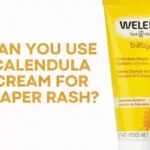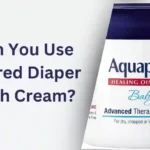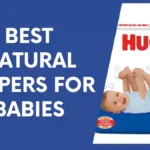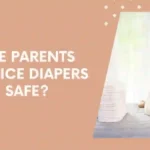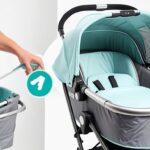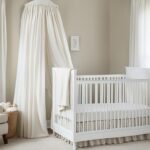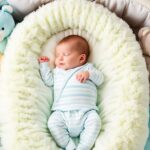As an Amazon Associate. I earn from qualifying purchases
Welcoming a new baby into the world comes with a whirlwind of joy, love, and the utmost desire to protect them. New parents often become ardent researchers overnight, looking for the best and safest products for their little ones. And when it comes to changing pads, which are an essential part of any diapering routine, safety is a top priority.
In recent years, there has been a growing concern about harmful chemicals and toxins found in baby products, including changing pads. This has led to an increasing demand for non-toxic changing pads that are free from harmful substances and made with safe materials. In this guide, we will introduce you to the 5 best non-toxic changing pads on the market, so you can make an informed decision for your baby’s well-being.
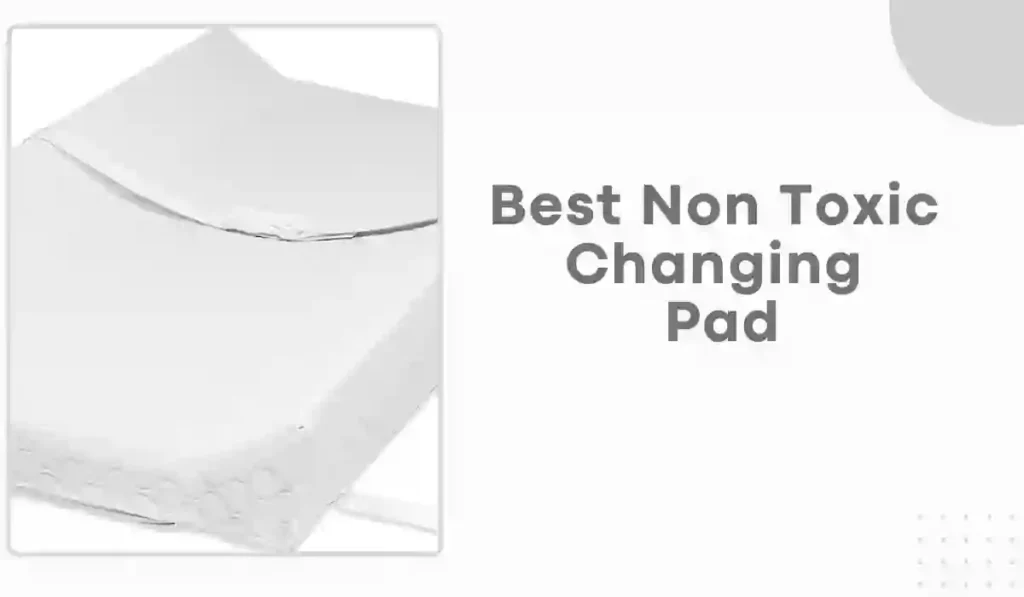
What Makes a Changing Pad Non-Toxic?
Before we explore the best options, it’s essential to understand the ABCs of what qualifies a changing pad as non-toxic. A non-toxic changing pad is typically free of harmful chemicals such as phthalates, BPA, formaldehyde, and any other substances identified as potential risks to human health. The material of the pad must also be hypoallergenic and generally considered safe for babies, even those with sensitive skin.
It’s important to note that ‘non-toxic’ as a term is not regulated or standardized, which means there’s a certain level of due diligence required from the parents’ end. Look for changing pads that come with certifications from independent organizations like Greenguard, which test for and certify products with low chemical emissions, providing a safer and healthier indoor environment for your baby.
The Top 5 Non-Toxic Changing Pads
We have scoured the market to bring you the five best non-toxic changing pads, taking into consideration factors such as safety, durability, ease of use, and value for money. Here they are:
Baboo Baby
The Baboo Baby changing pad is a favorite among eco-conscious parents. Made from bamboo viscose and a luxurious 100% organic cotton surface, it is soft yet durable. The TPU waterproof layer ensures accidents are contained, and the pad has been stringently tested for harmful substances, earning it multiple certifications.
Pros
- Bamboo viscose is naturally hypoallergenic and anti-bacterial.
- Machine washable and easy to clean.
- Double-stitched edges for extra strength and a longer lifespan.
Cons
- Slightly pricier than standard changing pads.
- Can be a bit stiff for some parents’ liking.
CuddleCare Contour Pad
This non-toxic pad is a darling due to its contoured sides that keep your little one snug and secure during diaper changes. It’s made with a waterproof, non-vinyl material that is free of harmful chemicals and soft on delicate skin.
Pros
- The contoured design minimizes the need for additional supports.
- It’s phthalate- and BPA-free.
- A safety belt is included for added security.
Cons
- The contours may prevent versatile usage in other areas of the house.
- Not as wide as standard pads, which can be restrictive for larger babies.
EcoCalm Baby:
This changing pad ticks all the boxes for the environmentally-conscious baby product lover. Crafted from a blend of organic cotton and eucalyptus, it’s a dream for baby’s skin. The eucalyptus fibers aide in keeping the surface cool, soft, and comfortable, and it’s tested for safety.
Pros
- The eucalyptus fibers provide a gentle, cooling touch.
- The natural materials are sustainable and biodegradable.
- Extra padding for baby’s comfort during changes.
Cons
- On the thinner side compared to other pads, some parents may desire more cushioning.
- The pad doesn’t fold or fit standard covers, making storage and use adaptations tricky.
Naturepedic
This changing pad is a go-to for parents looking for the ultimate non-toxic option. It’s organic cotton, waterproof, and made without harmful substances like PVC and polyurethane foam. The fabric has also been tested for chemical emissions and comes with an easy-to-clean surface.
Pros
- Dual-sided design with a firmer side for diaper changes and a softer side for tummy time.
- The waterproof surface is food-grade and easy to wipe clean.
- Comes with a secure safety strap and buckles to attach to any dresser or changing table.
Cons
- More costly than competing products on the market.
- The firm side may be too hard for some babies’ liking, while the soft side may not provide enough cushioning.
LA Baby Waterproof Contour Changing Pad
This pad is a budget-friendly option that doesn’t skimp on safety or quality. It’s made with CertiPUR-US certified foam and has a waterproof vinyl cover, making it easy to clean. The contoured sides prevent baby from rolling off, and the safety strap adds extra security.
Pros
- Affordable and practical for daily use.
- The contoured design promotes comfort and safety.
- Can fit standard covers, making it easy to find replacements or extras if needed.
Cons
- Vinyl covers can be noisy and may not be suitable for babies with sensitive skin.
- Not as strong as other products available.
Pros:
- Affordable and practical for daily use.
- The contoured design promotes comfort and safety.
- Can fit standard covers, making it easy to find replacements or extras if needed.
Cons:
- Vinyl covers can be noisy and may not be suitable for babies with sensitive skin.
- Not as strong as other products available.
How to Choose the Best Changing Pad for Your Needs
Selecting a changing pad can seem daunting, but with the right approach, you’ll find the one that’s perfect for your nursery and daily life. The following advice will assist you in reducing your options:
Assess Your Priorities and Budget
Every family is unique. Some may prioritize organic materials and are willing to invest more, while others may be looking for a budget-friendly, eco-friendly option. Set your budget and a list of potential must-haves — be it waterproofing, portability, or ease of cleaning.
Read Reviews and Seek Recommendations
Real-life experiences offer valuable insight. Look for reviews from fellow parents and consider the pros and cons they highlight. Personal recommendations can be a treasure trove of information, especially if it’s from someone whose values and needs are similar to yours.
Check for Certifications
Products that are independently tested and certified offer peace of mind. Research about reputable organizations that provide certifications for non-toxic baby products and ensure your chosen changing pad meets those standards.
Consider the Size and Design
Changing pads come in various sizes and designs. Choose one that fits your changing table or station and consider if you prefer the versatility of a pad that can be used on tabletops or dressers as well.
Think Long Term
Some changing pads are part of larger systems that grow with your baby. These systems can include additional features like storage, wipe dispensers, or even scales. If you’re looking for a multi-functional option, consider these systems.
By being thoughtful and deliberate in your selection process, you’re not only ensuring the safety of your baby but also investing in a product that will serve your family well.
Conclusion
Changing pads are an essential part of any nursery. They provide a safe and comfortable space for diaper changes, making the process easier for both you and your baby. With careful consideration of your priorities and budget, reading reviews, checking certifications, and thinking long term, you can find the perfect changing pad that meets your needs. Remember to always prioritize safety and non-toxic materials
FAQs
Can I use a regular pad or towel as a changing pad?
It is not recommended to use a regular pad or towel as they do not have the same safety features and waterproofing that a designated changing pad has. Additionally, these materials may not be as easy to clean and can harbor bacteria.
How often should I replace my changing pad?
It is recommended to replace your changing pad every 2-3 years or sooner if it shows signs of wear and tear.
Can I use a changing pad without a cover?
While it is possible, it’s not recommended as the surface may be uncomfortable for baby and can get dirty quickly. A cover also adds an extra layer of protection and easy maintenance. So, it is best to use a changing pad with a cover for optimal comfort and cleanliness. However, if you do choose to use the pad without a cover, make sure to clean it thoroughly after each use.

